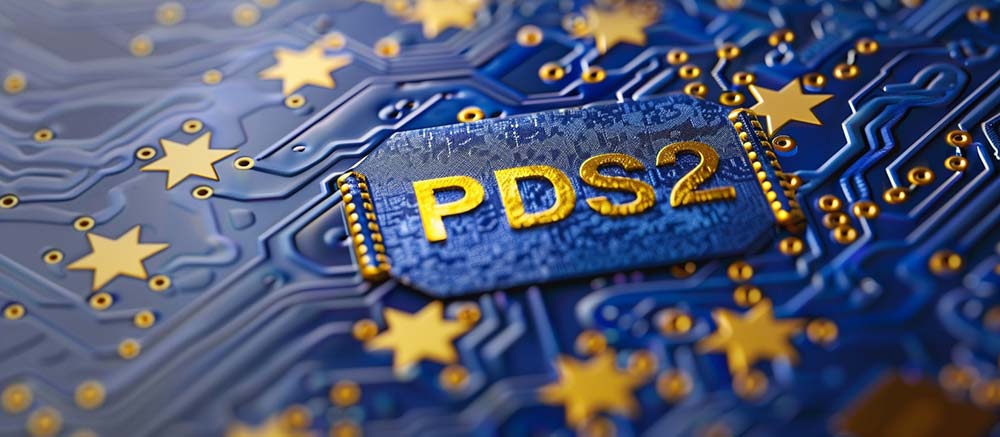The European Union’s Payment Services Directive 2 (PSD2) stands as a pivotal moment In the ever-evolving world of finance. Implemented in January 2018, this regulation has fundamentally reshaped how payments are made and received across the European Economic Area (EEA). As you navigate the dynamic payments landscape, understanding PSD2’s intricacies is no longer optional – it’s essential for success. This comprehensive guide dives deep into PSD2 Explained for Businesses & Consumers, unpacking its core tenets, exploring its impact on businesses and consumers alike, and outlining the opportunities it presents. By the end of this journey, you’ll be equipped with the knowledge to leverage the power of PSD2 and propel your business forward.
The Genesis of PSD2: Addressing a Changing Landscape
The original Payment Services Directive (PSD1), introduced in 2007, laid the groundwork for a unified payments market within the EU. However, the digital age ushered in a wave of innovation, with new players like fintech companies entering the fray. Traditional payment structures struggled to keep pace, prompting the need for an update. Enter PSD2, designed to:
- Enhance security: PSD2 mandated Strong Customer Authentication (SCA), a multi-factor authentication process that significantly reduces fraud.
- Foster competition: By opening up the payments market to Third-Party Providers (TPPs), PSD2 injects a dose of healthy competition, potentially driving down costs and fostering innovation.
- Empower consumers: The directive grants consumers greater control over their financial data. Open Banking, a key feature of PSD2, allows them to share their data securely with authorized TPPs, enabling new financial management tools and services.
The Pillars of PSD2: Unveiling the Mechanisms
PSD2 rests on three main pillars:
- Payment Service Providers (PSPs): These are entities authorized to provide payment services, such as banks and e-money institutions. Under PSD2, PSPs are obligated to grant access to a customer’s account information (with their consent) to authorized TPPs.
- Account Information Service Providers (AISPs): These TPPs specialize in providing account information services. They can aggregate financial data from various accounts, giving customers a consolidated view of their finances. Imagine easily managing your cash flow by securely connecting your business bank accounts with an AISP’s cash management software – that’s the power of PSD2 in action.
- Payment Initiation Service Providers (PISPs): These TPPs initiate payments directly on a customer’s behalf, following SCA protocols. Imagine seamlessly paying an invoice directly from your accounting software – that’s the power of PISPs.
The Ripple Effect: How PSD2 Impacts Businesses
While PSD2 introduces additional regulatory requirements for PSPs, it also unlocks a treasure trove of opportunities for businesses of all sizes:
- Enhanced Security: The robust SCA framework significantly reduces the risk of fraudulent transactions, fostering trust with your customers.
- Streamlined Payments: Open Banking allows for faster and more convenient payment options, potentially improving your customer checkout experience. Consider integrating TPP-powered solutions to offer a wider range of payment methods at checkout, boosting conversion rates.
- Innovation on Demand: The rise of TPPs introduces a wave of new financial products and services that can be integrated into your offerings, enhancing customer value. Explore partnering with TPPs specializing in areas like automated bill payments or loyalty programs to extend your service offerings.
- Data-Driven Insights: With access to richer customer financial data (with their consent, of course), you can develop more targeted marketing campaigns and personalized financial solutions. Leverage Open Banking data to gain a deeper understanding of your customer base and tailor your offerings accordingly.
Steering the Course: Practical Considerations for Businesses
As a business leader, here are some key considerations for navigating the PSD2 landscape:
- Compliance: Ensure you understand and adhere to the regulatory requirements stipulated by PSD2. This may involve adapting your systems and processes to accommodate SCA and Open Banking functionalities. Consider consulting with a financial regulatory expert to ensure your business is PSD2 compliant.
- Strategic Partnerships: Consider collaborating with TPPs to leverage their expertise and expand your service offerings. For instance, partner with an AISP to offer account aggregation services for your corporate clients.
- Transparency and Communication: Keep your customers informed about the changes brought about by PSD2 and how it benefits them. Proactively communicate how PSD2 safeguards their financial data and enhances their payment security.
PSD2: A Stepping Stone, Not a Destination
PSD2 is not a static regulation; it’s a springboard for continuous improvement. Regulatory authorities are constantly evaluating its effectiveness and potential amendments. As technology evolves, so too will the payments landscape. The key takeaway? Stay curious, stay informed, and be prepared to adapt.
Harnessing the Power of PSD2: A Call to Action
PSD2 presents a unique opportunity for businesses to embrace innovation, enhance security, and empower their customers. By understanding its core principles and taking proactive steps, you can position yourself at the forefront of this exciting new era in European payments. Remember, in today’s dynamic financial ecosystem, knowledge is power. Seize the opportunity PSD2 presents, and watch your business flourish.

Leave a Reply